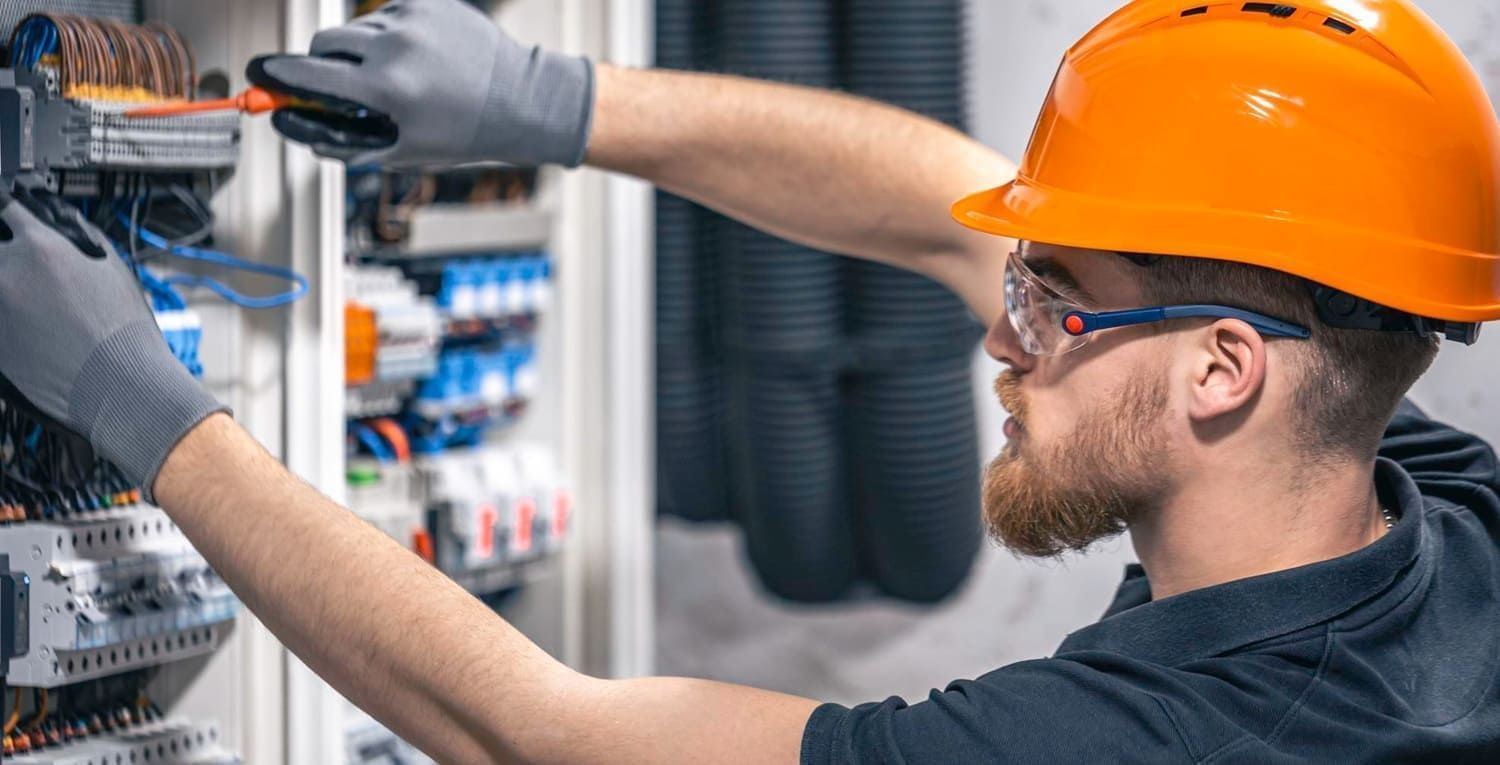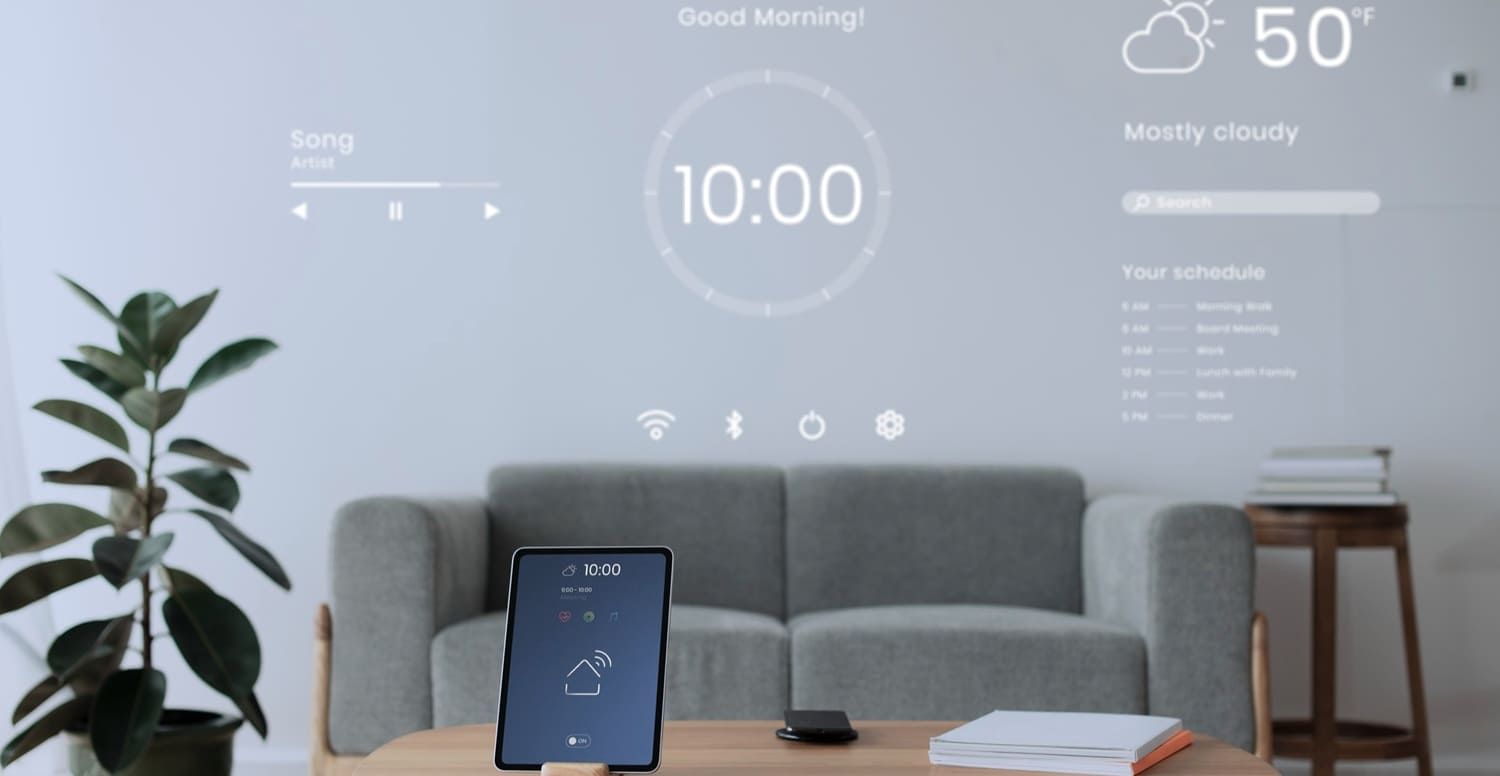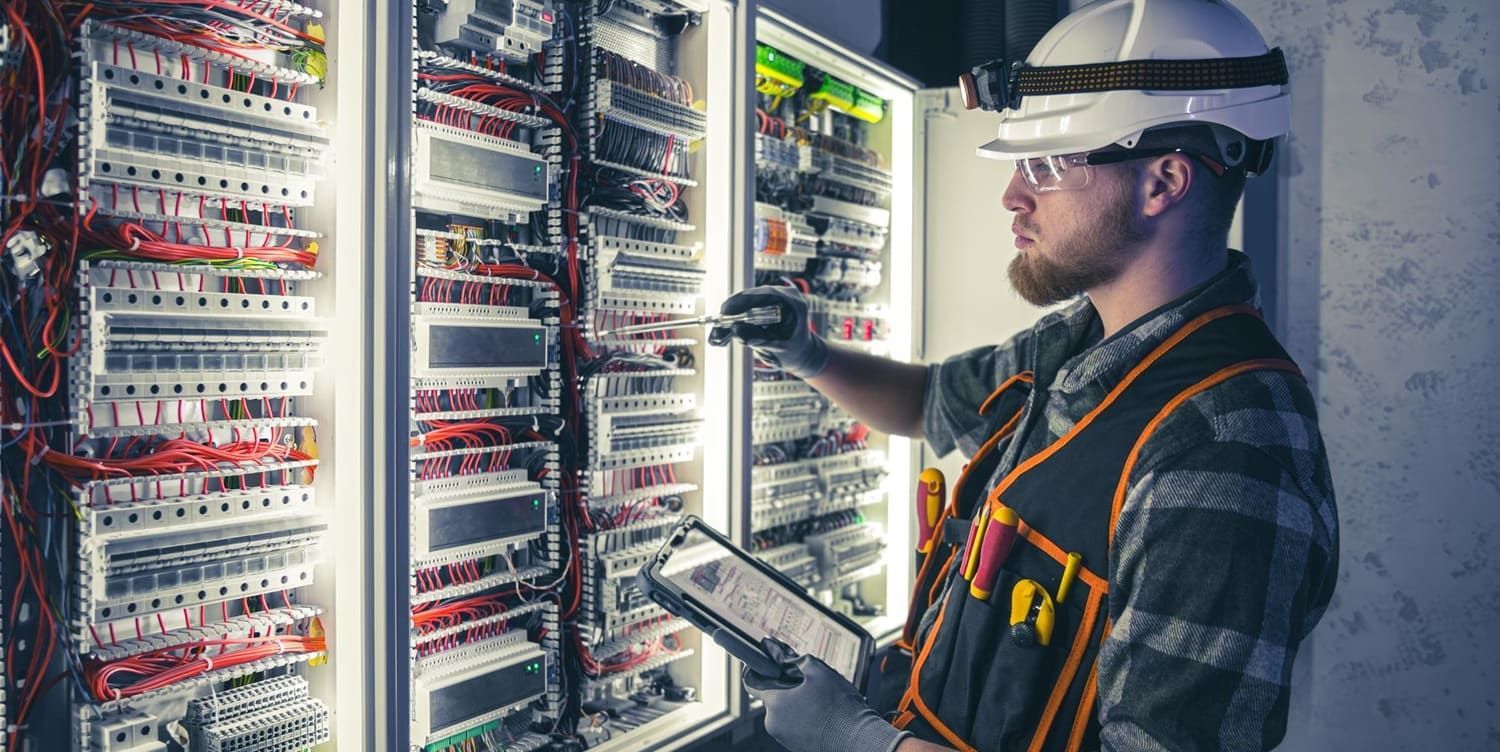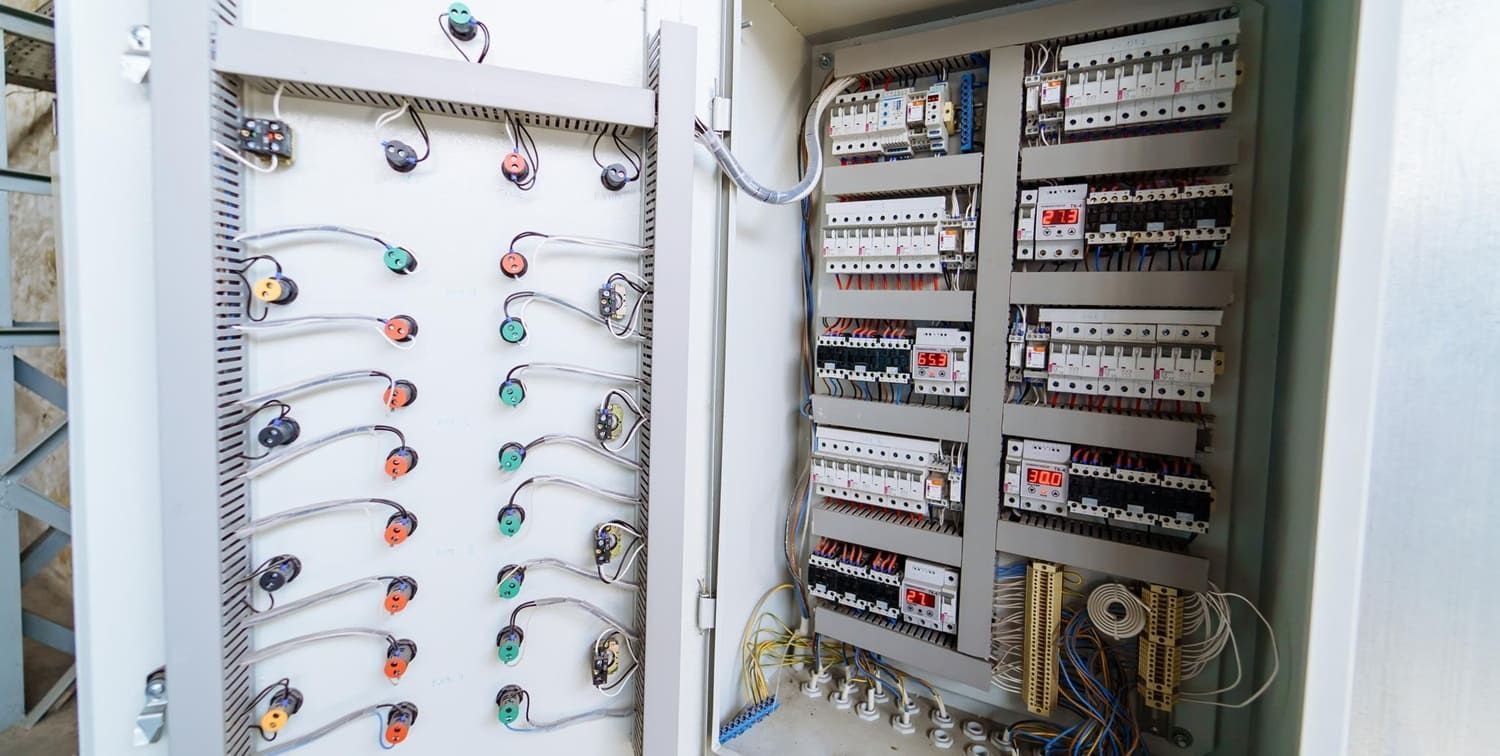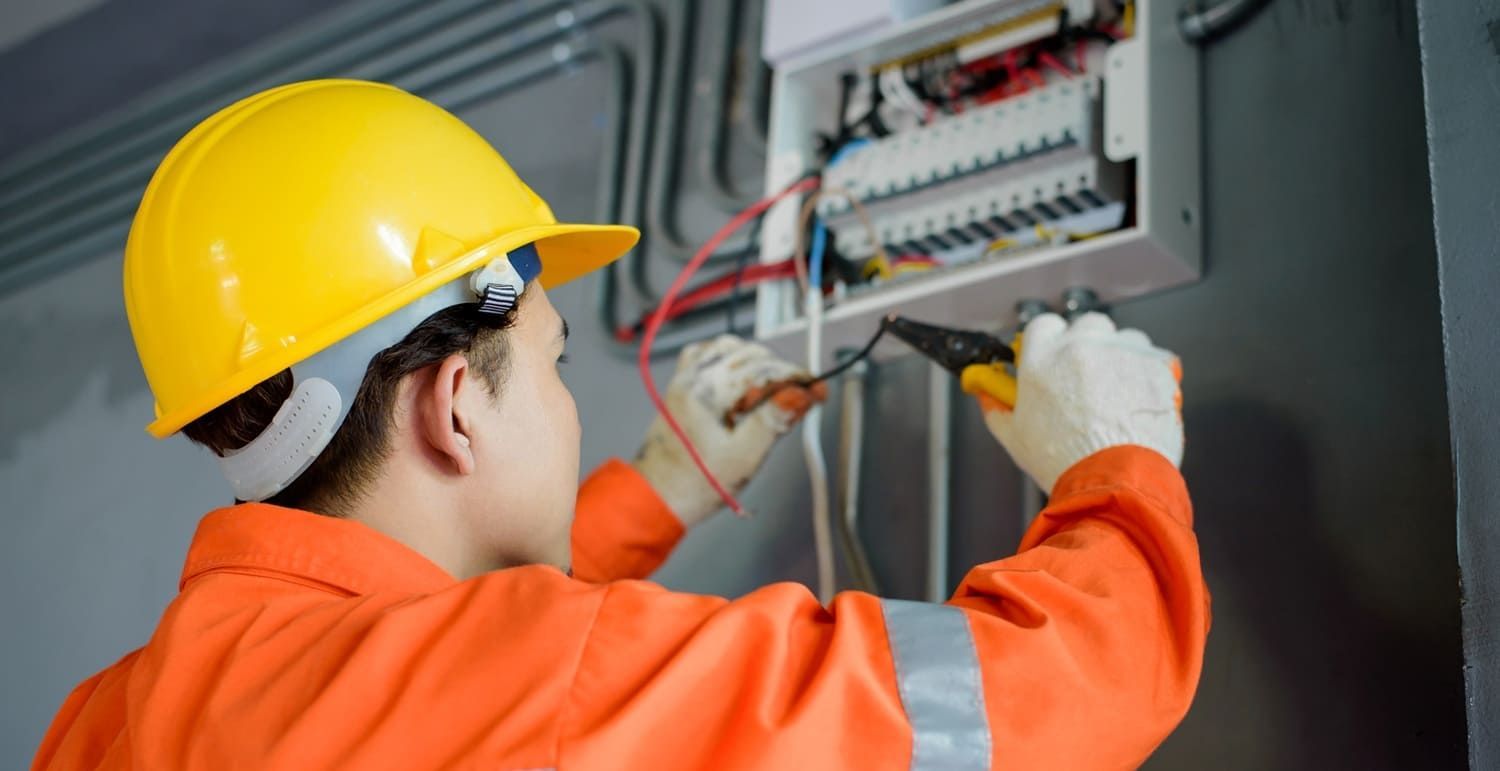What Does a Circuit Breaker Tripping Mean?
When there's a circuit breaker tripping, it can indicate that the circuit breaker detects an electrical issue, and it shouldn't be ignored.
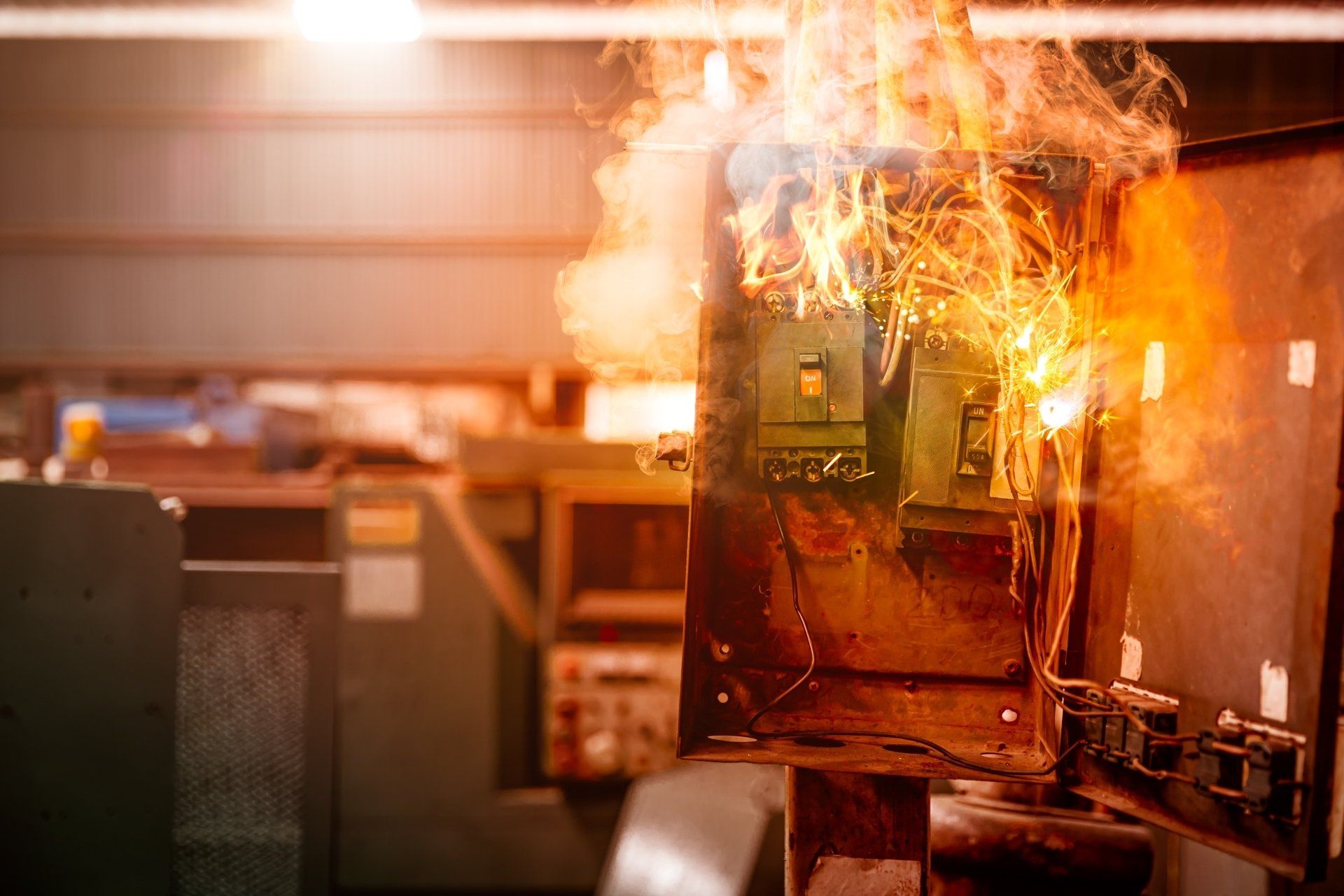
The pandemic-induced surge in home electricity use is real. Consider that, according to the National Bureau of Economic Research, American spending on home power consumption skyrocketed by $6 billion!
With more usage comes more problems, and circuit breaker issues are among the most common. When there's a circuit breaker tripping, it can indicate that the circuit breaker detects an electrical issue, and it shouldn't be ignored.
Circuit Breaker Tripping 101
Most circuit breaker issues center around circuit overload. Circuit breakers are a vital part of your home's electrical system since they are designed to prevent costly and damaging surges in electrical current.
The breaker, working in tandem with a fuse, serves as an electrical unit's internal sensing mechanism. At the slightest sense of excess current, the circuit breaker will "trip," triggering a cease in all electrical activity within the circuit.
Not only can such a smart mechanism help with preventing damage to wires and other electrical components, but circuit breakers can also save lives by preventing electrical fires. According to the National Fire Protection Association, electrical failures were the second leading cause of home fires between 2012-2016.
So why do circuit breakers trip? Here are the three most common reasons for circuit breaker tripping and how you can go about fixing a circuit breaker.
1) Circuit Overload
By far, the most common reason a circuit trips is because it's overloaded. Even running a circuit at its electrical capacity can cause home appliances to burn out or a circuit to trip. Ideally, you want to run a circuit below its capacity to keep it from tripping and to prevent any damage from occurring.
The most familiar example of circuit overload is an over-stuffed power outlet. When you have a dozen gadgets all demanding electrical current to work, eventually that single outlet's capacity will experience overload, and the circuit will trip.
Knowing what each electrical outlet in your house can handle is key to preventing circuit overload. Even a single high-current appliance like a washing machine cannot plug into just any outlet. Understanding your power outlets is critical for a safer home.
Before you head to your circuit breaker box or call your electrician, notice what was plugged in at the outlet where the tripped circuit occurred. You may have overloaded it.
2) Short Circuit
Similar to an overload, when a circuit "shorts," it responds to more current than it can bear. But a short circuit is far more dangerous.
A short circuit occurs when a "hot" or active wire comes into contact with either another active wire or a neutral wire. The touching wires cause a spike in current that can likewise trip your circuit breaker. Most often, the causes for short circuits are mechanical issues like:
- Loose Connections
- Improper Wiring
- Damaged Wires
Faulty components, like switches, plugs, cords, appliances, or lighting fixtures, are often culprits of short circuits. Short circuits can occur if you screw or nail into drywall and penetrate an electrical wire.
Remember that short circuits may involve faulty circuit wiring, but the device you're plugging in can cause the problem as well. Keep this in mind, especially if you're using older devices or gadgets that have been out of commission for years, as these can be more prone to short circuits, independent of what's going on in the outlet.
Due to their volatile nature, short circuits are some of the biggest causes of electrical fires, so be extra attentive and don't hesitate to call a professional. As a general rule, most people should never DIY electrical issues in their homes.
3) Ground Fault Surge
Ground fault surges are similar to short circuits because they involve a sudden spike in current, creating an overload. Ground faults occur when an active wire comes into contact with the ground wire. The contact can come directly or indirectly via the metal housing that connects to the ground wire.
Copper grounding wires are especially prone to ground fault surges. Copper is the most conductive material in everyday use when it comes to home electrical systems. When a hot wire touches the ground wire's copper coating, it results in superconductivity that overwhelms the circuit. A similar result can come from an active wire touching a ground's metal outlet box.
Understanding and Fixing Circuit Breaker Issues
So how should you go about troubleshooting a circuit breaker issue? Even though you should leave anything remotely technical to a professional, there are a few things you can do to investigate circuit breaker trip meaning.
First thing's first. Make sure you and your family are safe. Check for signs of excess heat or burning—smell for what could be smoke from an electrical fire. If you sense any signs of a fire, evacuate and call 911.
Check for any discoloration around an outlet. Also, make a note of any sparks or popping noises coming from the outlet. Any of these could be a sign of a ground fault surge or a short, in which case simply flipping the circuit breaker switch won't help. And remember, the older the outlet, the more likely it is to experience problems.
Look for any signs of damage to your devices. Remember that the problem could be coming, not from your home's outlet, but from what you plugged in.
If there are no signs of a blown circuit, try going to your circuit breaker service panel. You may be familiar with this metal box, often located in a garage or utility room. Flip the switch of the house area that tripped, and see if that "resets" the circuit.
Fixing a Circuit Breaker
If a simple flipping of the switch doesn't work, it's time to call a professional electrician. The seasoned team at Buell Electric can assess the problem and fix a circuit breaker, which may involve repairs or upgrades.
Circuit breaker tripping may be as innocent as overloading an outlet, but it can point to more serious problems as well. The best way to know for sure is to contact us today.




